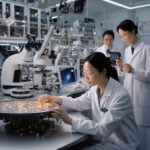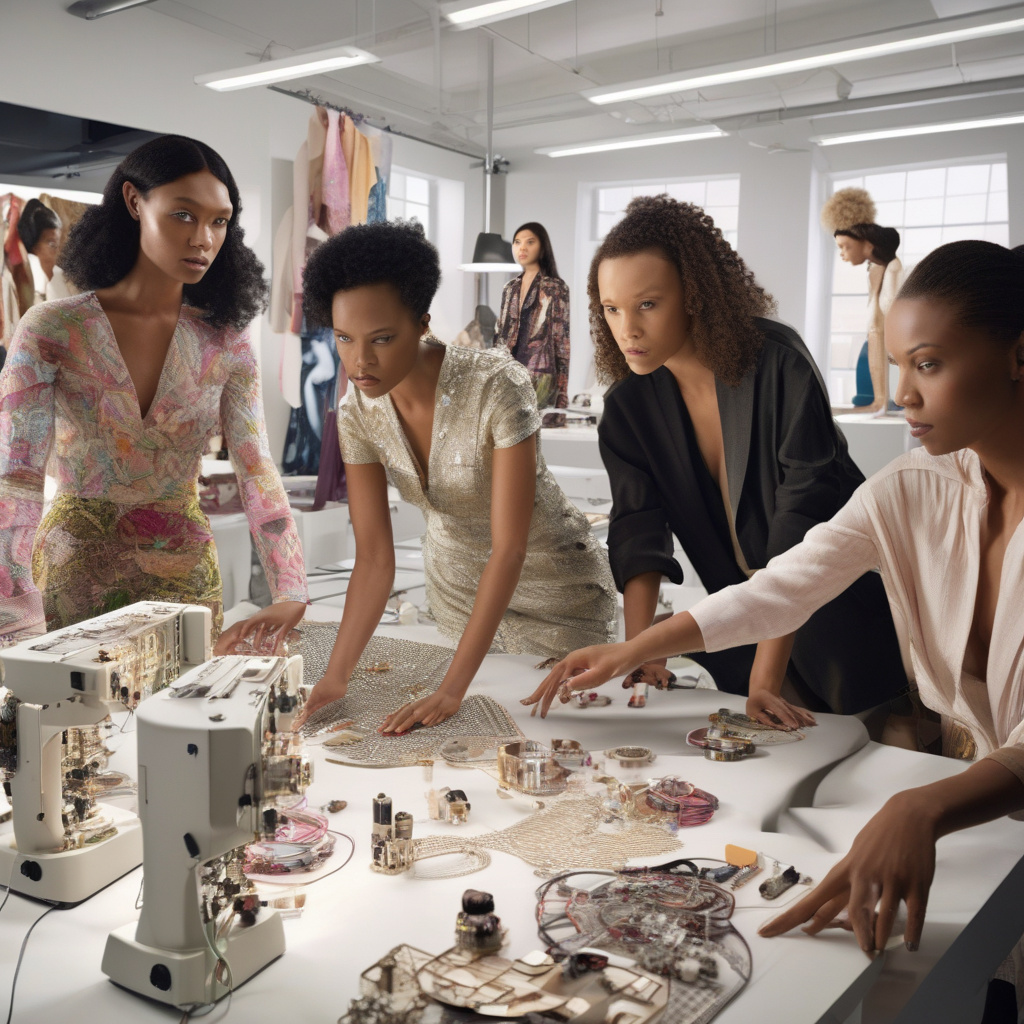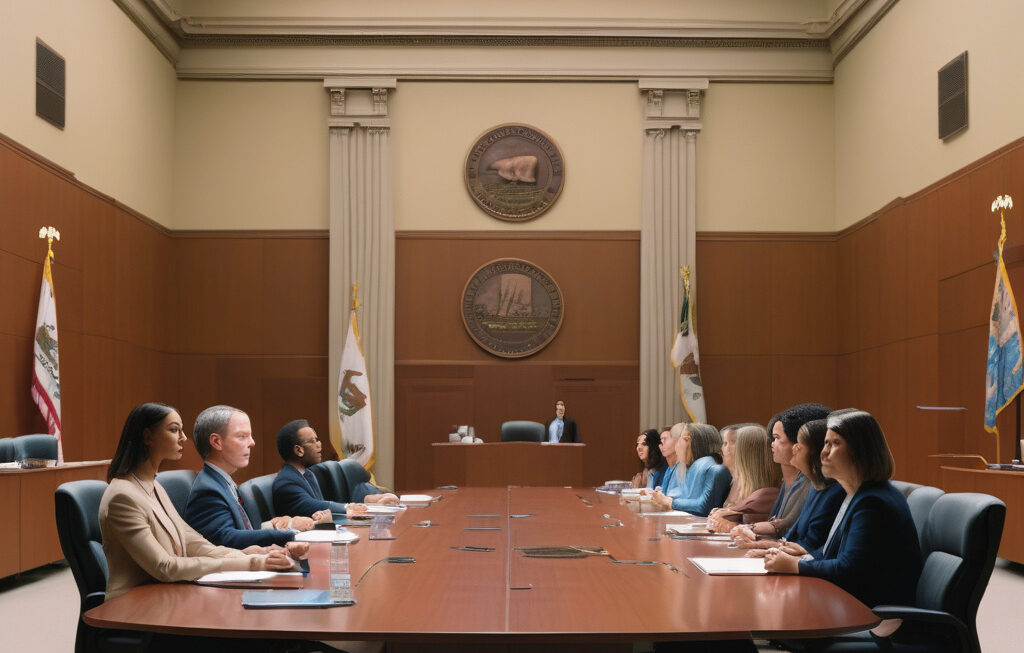AI Is Coming for Fashion’s Creative Class
Artificial intelligence has been making waves in various industries, revolutionizing processes and challenging the roles of human professionals. In the world of fashion, AI is now encroaching on the territory traditionally held by the creative class, including stylists, photographers, and PR strategists. As generative AI algorithms become more sophisticated, they are increasingly capable of producing content that was once believed to be exclusive to human creativity.
Stylists, who are skilled at curating looks and creating visual stories through clothing and accessories, are now facing competition from AI systems that can analyze vast amounts of data to predict fashion trends and put together outfits that resonate with consumers. These AI stylists are not only efficient but also have the ability to cater to individual preferences on a large scale, posing a challenge to human stylists who rely on personal intuition and experience.
Photographers, known for their unique perspectives and ability to capture emotion through images, are also feeling the impact of AI in fashion. With AI-powered cameras and editing tools becoming increasingly advanced, the line between human and AI-generated photography is starting to blur. AI systems can now enhance photos, remove imperfections, and even create entirely new images that are indistinguishable from those taken by human photographers.
In the realm of PR and marketing, AI is being used to analyze consumer behavior, predict market trends, and even generate written content. This poses a threat to PR strategists who rely on their creativity and communication skills to craft compelling brand narratives and engage with audiences. AI-powered PR tools can now draft press releases, respond to customer inquiries, and even manage social media accounts with human-like proficiency.
As AI continues to encroach on the creative class in fashion, creatives are being forced to demonstrate the unique value of human ingenuity in a world increasingly dominated by algorithms. While AI excels at analyzing data and identifying patterns, it often lacks the emotional intelligence, intuition, and cultural awareness that humans bring to the creative process. Creatives must emphasize these qualities to differentiate themselves from AI and showcase the irreplaceable aspects of human creativity.
Moreover, creatives must also find ways to collaborate with AI rather than compete against it. By leveraging AI tools to streamline repetitive tasks, gather insights from data, and enhance their creative output, creatives can augment their skills and stay ahead in an increasingly AI-driven industry. For example, stylists can use AI trend analysis to inform their creative decisions, photographers can use AI editing tools to enhance their images, and PR strategists can use AI analytics to optimize their communication strategies.
Ultimately, the rise of AI in fashion presents both challenges and opportunities for the creative class. By embracing the unique strengths of human creativity, finding ways to collaborate with AI, and continuously evolving their skills, creatives can not only survive but thrive in a landscape where AI is reshaping the boundaries of creativity and innovation.
creativity, AI in fashion, human ingenuity, fashion industry, AI collaboration











